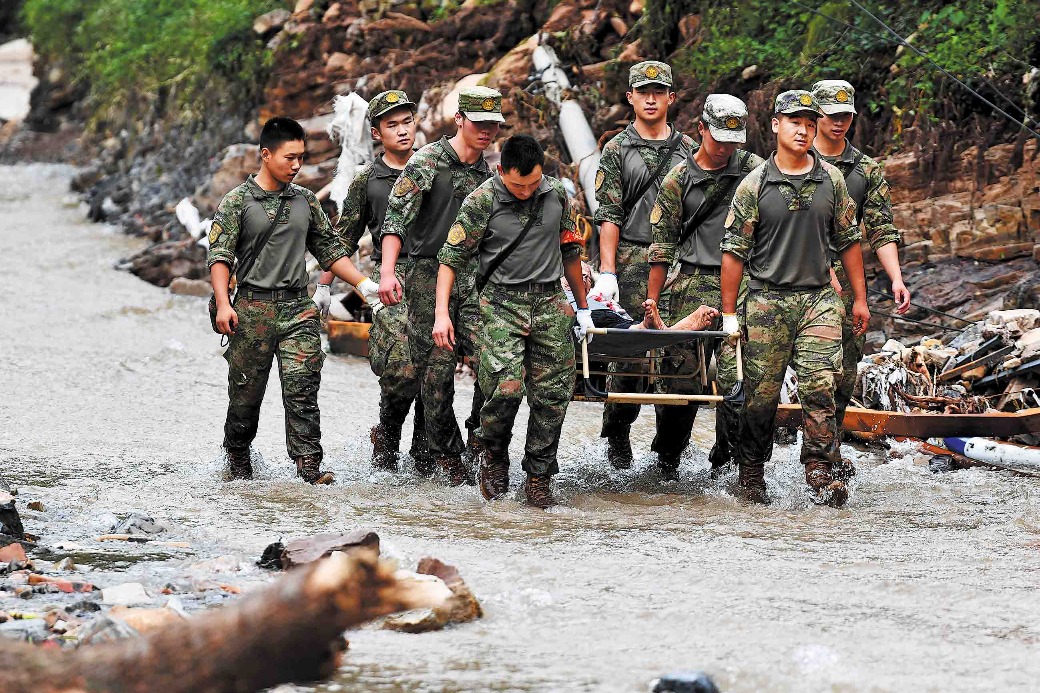A good start, but there is still a long way to go

Even though the clinical practice of hospice care for adults is improving in China, palliative care for children is developing relatively slowly, research shows.
According to a study published last year in the Chinese Journal of Contemporary Pediatrics, palliative care for children only exists sporadically in a few big cities, such as Beijing, Shanghai and Shenzhen, Guangdong province, and it faces a shortage of resources.
The service model is also very simple, mostly consisting of hospital beds attached to hematology or oncology departments at a number of children's hospitals.
The country's first such center was the Butterfly Children's Hospice, which opened in Changsha, in the central province of Hunan, in 2010, while the Shanghai Children's Medical Center launched a palliative care program in 2014.
The Daisy House, which began operations in Beijing in 2017, is China's first family-based palliative care center for children.
However, these institutions are far from sufficient to meet the potential demand. Data from the China National Tumor Registry show that 30,000 to 40,000 new pediatric tumor patients are diagnosed in China every year. Lin Guoyan, a researcher for the study and former head nurse at the Butterfly Children's Hospice, estimates that at least 4.5 million children in China need of end-of-life care.
Pediatric palliative care is concerned with the medical, psychosocial, spiritual and financial needs of patients and their families. It provides complex patient care solutions involving all aspects of the healthcare system. The aim is to help relieve suffering and improve the quality of life for dying patients.
Overseas, such care began many years ago, so most countries in Europe and North America now have mature palliative care service systems for children.
The development of pediatric palliative care still faces many obstacles in China, according to the study, which said the country lacks qualified professionals and institutions.
Moreover, pain control medication is not accessible enough and pediatric palliative care is not covered by medical insurance.
"There remains a serious shortage of pediatric medical resources in China, and how to effectively respond to the demand for pediatric palliative care with limited resources is a challenge for the development of pediatric palliative care in the country," the report said.


Today's Top News
- Unified national market a new growth launchpad
- US deal a structural challenge for Japan
- Industrial prowess of China a subject of serious study
- US new tariffs 'unfair': Experts
- NDRC recalibrating steps to drive growth, boost demand
- Wartime hero's legacy fortifies Sino-UK bond






























